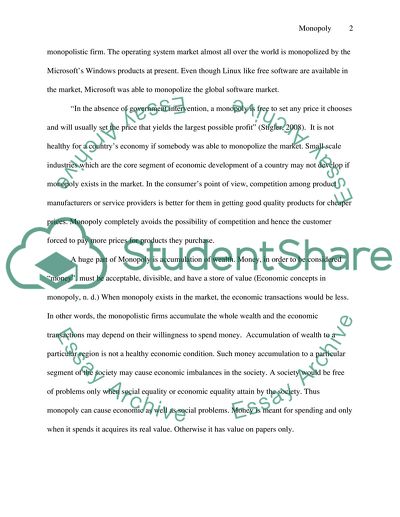Cite this document
(“Not Found (#404) - StudentShare”, n.d.)
Not Found (#404) - StudentShare. Retrieved from https://studentshare.org/macro-microeconomics/1729371-monopolies-in-these-days
Not Found (#404) - StudentShare. Retrieved from https://studentshare.org/macro-microeconomics/1729371-monopolies-in-these-days
(Not Found (#404) - StudentShare)
Not Found (#404) - StudentShare. https://studentshare.org/macro-microeconomics/1729371-monopolies-in-these-days.
Not Found (#404) - StudentShare. https://studentshare.org/macro-microeconomics/1729371-monopolies-in-these-days.
“Not Found (#404) - StudentShare”, n.d. https://studentshare.org/macro-microeconomics/1729371-monopolies-in-these-days.


